By Sam Levy, regional sales director for the UK & Ireland at Easee
Europe’s transport sector is responsible for around one quarter of the region’s greenhouse gas emissions, and of those, more than three quarters come from the tailpipes of road vehicles.
Electric vehicles are playing a pivotal role in reducing that share, and while demand is cooling in some markets, the direction of travel is clear: e-mobility is the future.
Given that EVs accounted for fewer than one in five new cars registered in Europe last year, it’s clear that much remains to be done to encourage sales and drive up demand.
Reductions in battery costs, increases in vehicle range, and more choice will all help, but another, more fundamental challenge must also be addressed: the energy system simply wasn’t designed for e-mobility on a mass scale.
EV adoption, the replacement of fossil fuel-fired power stations with renewable energy, which cuts emissions but brings more variability in peak output, together with rising electricity demand as industries decarbonise are all increasing pressure on the grid.
As a result, fleet operators face tough questions: how can they ensure reliable charging without overwhelming site connections?
How can costs be kept down in a volatile energy market? And what happens when dozens or even hundreds of fleet EVs need charging at the same time?
It’s a scenario that has long been seen as a constraint, but it should be seen as the key to opportunity.
Fleet charging isn’t just about installing hardware and plugging in, it’s about intelligently managing energy across the vehicles in the fleet, the charging infrastructure, and the power grid.
That’s why businesses need a full platform for electrification, complementing a smart charger network.
The real value, though, lies not in the number of chargers, but in what they need to enable: dynamic load balancing, remote energy control, and seamless scaling across sites. This is especially relevant for fleets.
Traditional chargers treat each vehicle as an isolated load, but smart charging platforms treat the entire site and, eventually, the entire fleet as a dynamic energy system.
The technology balances loads in real time, with charging prioritised based on time-of-use tariffs, vehicle schedules, and local grid capacity.
It means fleet managers can charge more vehicles, more affordably, without expensive infrastructure upgrades.
Those upgrades can be time-consuming and very expensive: the European Union has said grid investments across Europe need to double, reaching up to €100 billion per year.
And in many cases, upgrades are subject to growing waiting lists, which makes fleet charging even more challenging.
This is why fleet operators need to seek smart solutions around the roadblocks.
Continued development of smart charging platforms’ capabilities are providing those kinds of opportunities, including comprehensive integration with static energy storage systems, on-site renewable electricity generation and buildings’ energy management software.
For fleets, this could mean solar-powered depot charging, automatic switching to off-peak tariffs and drawing current from on-site batteries during peak pricing hours or charging schedules that can adjust intelligently to the broader energy market.
Scalability of installations is also another critical element to consider within this arena.
Chargers that are easy to install in bulk – for instance, across multiple bays at a single depot – all on the same circuit, allow operators to scale quickly as their fleet grows, without needing costly infrastructure upgrades or complex reconfigurations.
This kind of flexibility offers real-world benefits such as lower operational costs, faster depot electrification and improved grid resilience.
The benefits of smart charging platforms, however, don’t stop there; employers can track energy usage and reimburse mileage expenses with ease – with the added assurance of accurate power metering, so every payment reflects true consumption.
Given that inaccurate metering can cause costs to spiral and damage trust between operators and employees, eliminating that risk with smart technology is crucial.
Smart charging platforms will also be an enabler for future value streams such as energy trading: vehicle-to-grid (V2G) technology is in its infancy today but will certainly play an increasingly important role in future.
As energy markets become more decentralised and EVs become energy storage and distribution assets, operators that invest in intelligent infrastructure will be better positioned to grow their fleets without the constraints that will limit those who do not.
In short, it transforms EVs from being a burden on the grid to a tool for balancing it.


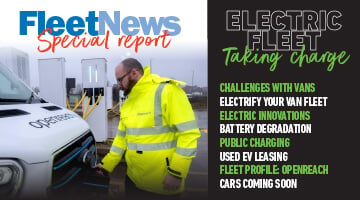
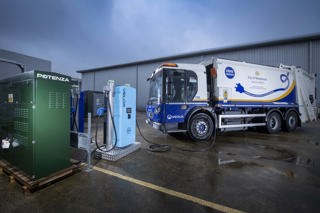
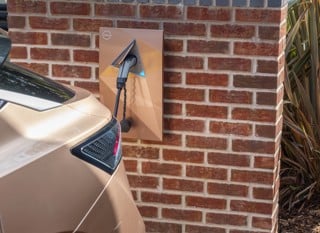
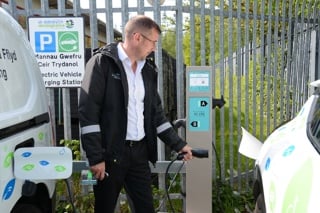




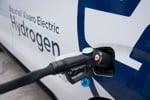








Login to comment
Comments
No comments have been made yet.